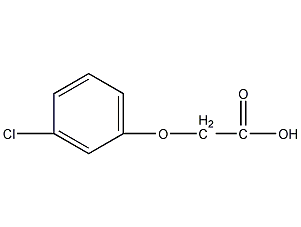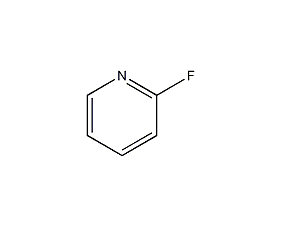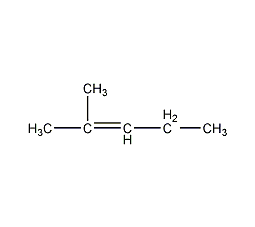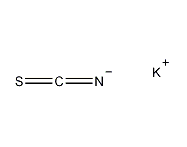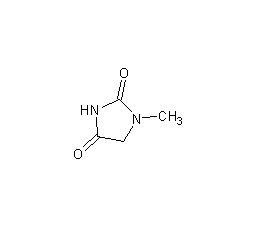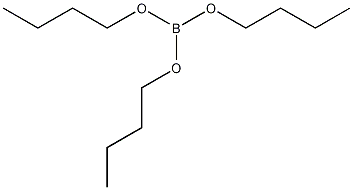2-methoxy-5-nitrophenol


Structural formula
| Business number | 0709 |
|---|---|
| Molecular formula | C7H7NO4 |
| Molecular weight | 169.13 |
| label |
5-nitroguaiacol, 5-nitro-o-methoxyphenol, 5-Nitroguaiacol, 2-Hydroxy-4-nitroanisole, CH3OC6H3(NO2)OH, Aromatic phenols |
Numbering system
CAS number:636-93-1
MDL number:MFCD00015561
EINECS number:211-269-0
RTECS number:None
BRN number:2047074
PubChem number:24883823
Physical property data
1. Properties: yellow powder.
2. Density (g/mL, 25/4℃): Undetermined
3. Relative vapor density (g/mL, air=1): Undetermined
4. Melting point (ºC): 103-107
5. Boiling point (ºC, normal pressure): Undetermined
6. Boiling point (ºC, 5.2kPa): Undetermined
7. Refractive index: Undetermined
8. Flash point (ºC): Undetermined
9. Specific rotation (º): Undetermined Determined
10. Autoignition point or ignition temperature (ºC): Not determined
11. Vapor pressure (kPa, 25ºC): Not determined
12. Saturated vapor pressure (kPa, 60ºC): Undetermined
13. Heat of combustion (KJ/mol): Undetermined
14. Critical temperature (ºC): Undetermined
15. Critical pressure (KPa): Undetermined
16. Log value of oil-water (octanol/water) partition coefficient: Undetermined
17. Explosion upper limit ( %, V/V): Undetermined
18. Lower explosion limit (%, V/V): Undetermined
19. Solubility: Undetermined.
Toxicological data
Main irritating effects:
On skin: Irritation to skin and mucous membranes
On eyes: Irritating effects
Sensitization: None Known sensitization effects.
Ecological data
Do not allow undiluted or large quantities of products that are slightly hazardous to water to come into contact with groundwater, waterways or sewage systems. Do not discharge materials into the surrounding environment without government permission.
Molecular structure data
1. Molar refractive index: 41.35
2. Molar volume (cm3/mol): 123.7
3. Isotonic specific volume (90.2K ): 334.4
4. Surface tension (dyne/cm): 53.4
5. Polarizability (10-24cm3): 16.29
Compute chemical data
1. Reference value for hydrophobic parameter calculation (XlogP): None
2. Number of hydrogen bond donors: 1
3. Number of hydrogen bond acceptors: 4
4. Number of rotatable chemical bonds: 1
5. Number of tautomers: 3
6. Topological molecule polar surface area 75.3
7. Number of heavy atoms: 12
8. Surface charge: 0
9. Complexity: 167
10. Number of isotope atoms: 0
11. Determine the number of atomic stereocenters: 0
12. Uncertain number of atomic stereocenters: 0
13. Determine the number of chemical bond stereocenters: 0
14. Number of uncertain chemical bond stereocenters: 0
15. Number of covalent bond units: 1
Properties and stability
Keep away from oxides.
Storage method
Store in an airtight container in a cool, dry place. Store away from oxidizing agents.
Synthesis method
None
Purpose
None
